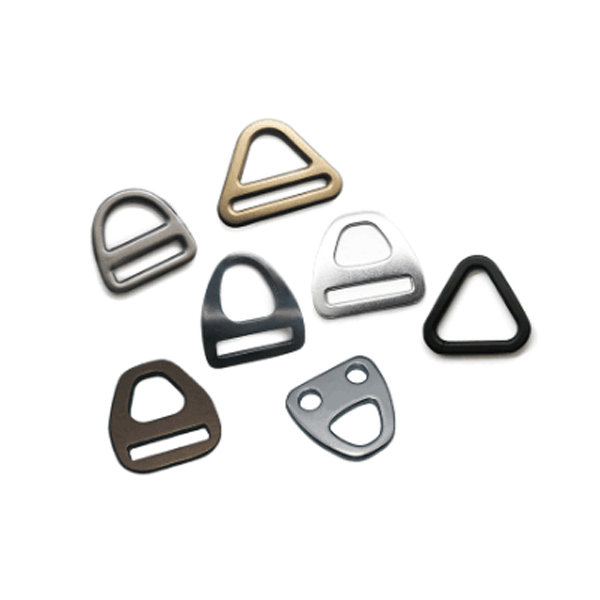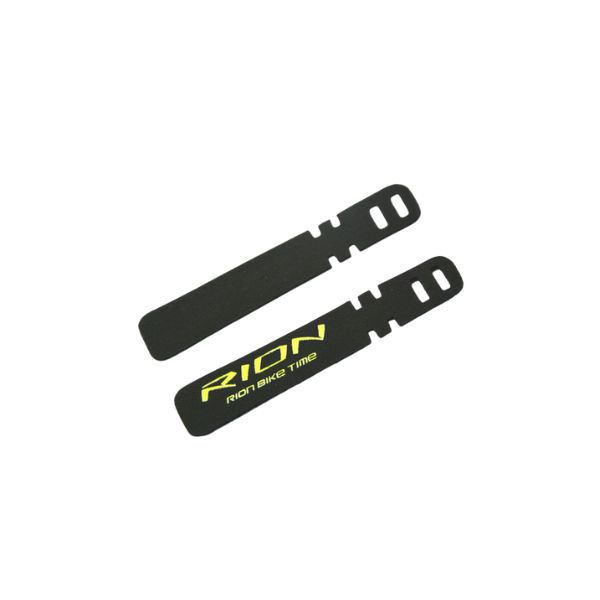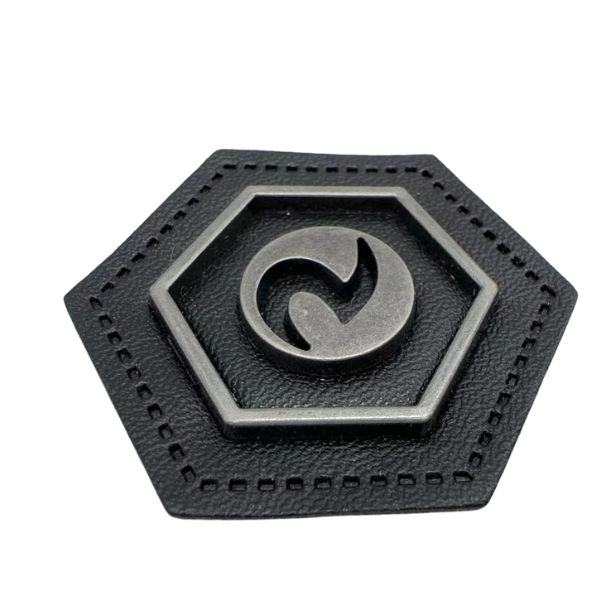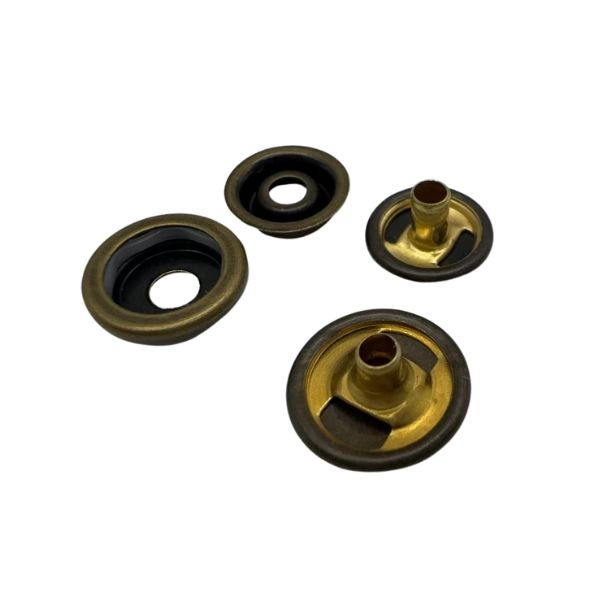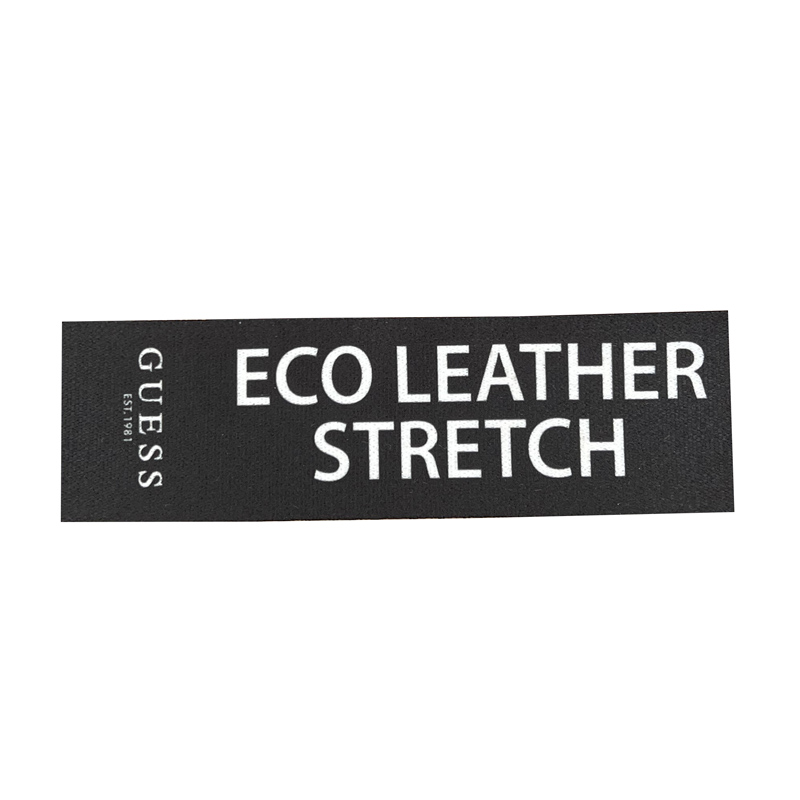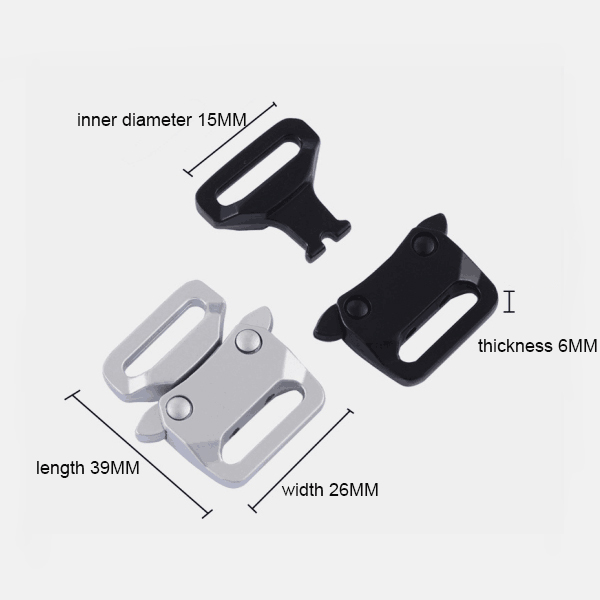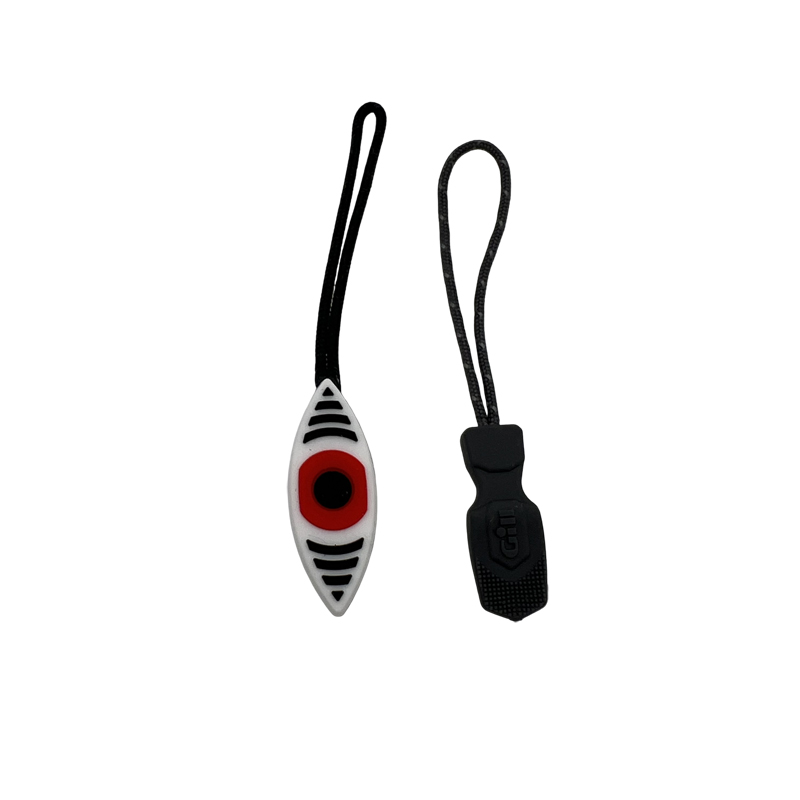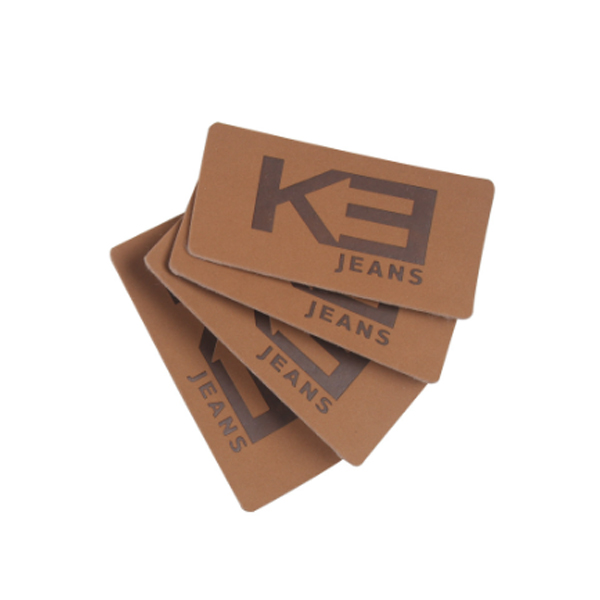How to distinguish different kinds of woven tapes?
It is simple and easy to identify fibers by combustion method, but it is difficult to judge blended products. It is necessary to draw a yarn from the warp and weft direction (that is, the straight direction and the horizontal direction) to burn separately. The warp and weft yarns of two kinds of unknown ribbons are removed and burned with a lighter, and some physical phenomena are observed in the combustion process to determine the raw materials of warp and weft yarns. When burning, it is necessary to observe the flame, the melting, the smell and the ash after combustion. The following are the combustion physical property parameters of two kinds of ribbon materials For your reference:
1: nylon ribbon: near flame, that is, melting and burning, dripping and blistering is not directly reburning like celery taste hard, round, light, brown to gray,
2:polyester ribbon: near flame, that is, melting and burning, dripping and blistering can continue to burn, a few have smoke very weak sweet hard round, black or light brown one,
Firstly:cotton fiber and hemp fiber cotton fiber and hemp fiber are just near the flame, burning quickly, the flame is yellow, blue smoke. The difference between the smell of burning and the ash after burning is that cotton burns give off paper smell, hemp burns give off plant ash smell; after burning, cotton has very little powder ash, which is black or gray, while hemp produces a small amount of gray powder ash.
Second, nylon and polyester nylon (nylon) scientific name polyamide fiber, near the flame is quickly rolled into a white gel, burning in the flame dripping and blistering, there is no flame when burning, it is difficult to continue to burn without the flame, emitting the smell of celery, the light brown melt is not easy to crush after cooling. Polyester fiber, which is easy to ignite, melts near the flame and emits black smoke while melting, showing a yellow flame and sending out fragrant smell. after burning, the ash becomes a black-brown lump, which can be crushed with fingers. Third, acrylic fiber and polypropylene (pp) acrylic fiber scientific name polyacrylonitrile fiber, near fire softens and melts, black smoke appears after the fire, the flame is white, and burns quickly after leaving the flame, emitting the poignant smell of burning meat, the ashes are irregular black lumps after burning, and the hands twist easily. Polypropylene fiber, which is melted and flammable near the flame, burns slowly and emits black smoke from the fire. the upper end of the flame is yellow and the lower end is blue, giving off the smell of oil. after burning, the ashes are hard, round and light yellowish brown particles, and the hands are easily twisted.
Fourth Vinylon and chlorinated polyvinylformaldehyde fiber, which is not easy to ignite, melts and shrinks near the flame, and there is a little flame at the top when burning. When the fibers are melted into a colloidal flame, there is thick black smoke and a bitter smell. After burning, small black beads are left, which can be crushed with fingers. Polyvinyl chloride fiber, difficult to burn, extinguish immediately after fire, the flame is yellow, the lower end of green and white smoke, emitting pungent, pungent and sour taste, the ashes are black-brown irregular hard lumps after burning, and the fingers are not easy to crush.
Fifth, spandex and fluorospandex scientific name polyurethane fiber, near the fire while melting while burning, the flame is blue when burning, leaving the fire to continue melting, emitting a special irritating stench, and the ashes become soft fluffy black ash after combustion. Polytetrafluoroethylene fiber, which is called fluorite fiber by iso organization, only melts near flame, is difficult to ignite, does not burn, the edge flame is blue-green carbonized, melts and decomposes, the gas is toxic, and the melt is hard round black beads. Fluorofiber is often used to make high-performance sewing thread in the textile industry.


